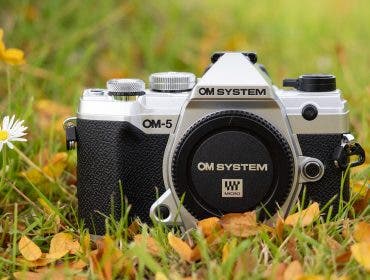Is there anything more satisfying to look at than well-composed flat lay photography? My favorite part of this photography is the endless possibilities in what you can photograph and where you set up. Making flat-lays are such a fun process — from deciding on a theme, to finding objects to photograph.
During the pandemic, I discovered a love for flat lay photography. Now, it’s something that I incorporate into my shoots when I want to show off a certain product or lifestyle. If you want to give flat lay photography a go, it’s especially necessary to perfect your lighting setup. Read along for a list of helpful flat lay photography tips to get started.
What is Flat Lay Photography?
A flat lay photo presents a collection of objects that work around a theme — such as a hobby, lifestyle, or even simply a color. They are an excellent way to tell a story or communicate a message without using words or people.

Tips for Flat Lay Photography
Prepare with a Purpose
Think about what you want to communicate to your audience, then write down ten items that you think will do that for you. You don’t have to use them all, but it’s good to have options as I’ll explain later.
Source Your Items
Once you have written your list of items, it’s time to source them! This could mean heading to the kitchen to cook up some delicious meals. Who doesn’t love flat lay for food photography? It could also mean picking up your favorite coffee and book, or any other objects that tell your story. If you need inspiration, I’d recommend heading to your local flea market or Facebook Marketplace where you can find some unique items.
I especially love sourcing tea sets and other vintage items for flat lay photography. You might even get the chance to upcycle something.

Keep the Background Simple
My top flat-lay photography tip — keep the background simple! This style of photography is all about the items, not what’s behind them. If you are going to add texture to a background — like a bedsheet or marble — keep it simple and try to stick to one color.
Textured photography backgrounds are really easy to find. If you don’t have anything that sparks inspiration, you can find a variety of different colors and textures from V-Flat. These can help you easily create the scene you’re looking for.
Check out How to Set Up for Food Photography for more advice on using V-Flat boards.

Find Natural Light
Lighting can be daunting for those who aren’t familiar with flat lay photography. If you’re just starting, the dreaded shadow is usually the biggest worry. I find that natural light is always the best option. Try and set everything up by a window. I recommend setting the composition up a day or two before, so you can monitor when the best lighting will be throughout the day.
If you’re losing hope and you just can’t find the best natural light, pick up some light-colored V-Flat boards to stand up around your composition and use a flash to light the setup.

Find a Good Tripod
Yes, you absolutely can stand on a chair and look down on your setup. Although, it can be hard to get the perfect shot and try not fall at the same time — who needs that?
Find a tall-yet-sturdy tripod that allows you to tilt the camera straight down. This way, you can stay safe and focus more on the setup. If you don’t want to buy a new tripod, you can buy attachments for your existing tripod that will let you face the camera downward.

Perfect the Layout
This is arguably the most important part of flat lay photography. Start by picking out your main item. Are you shooting for a particular product? Which item conveys the strongest message? Make sure that, whatever it is, it’s in the best spot of the composition.
Take your secondary items and play a game of Tetris until you are happy with the look. Do you want nice, clean angles? Or a messy, overlapping look? If you need inspiration, search relevant hashtags on Instagram, such as #flatlayphotography.

Post-Production
Always edit your photos — it’s not cheating! If you are new to editing, I highly recommend buying some flat lay presets for Adobe Lightroom. Some are designed especially for certain items or color schemes to make them pop. If you want to use something more manual but beginner friendly, I’d recommend Snapseed on your cell phone.

Practice Makes Perfect
Don’t get frustrated if things don’t go right from the start. When you’re looking for inspiration and see beautiful flat lay photos, remember that the photographer was a beginner at some point too. Don’t give up on the first hurdle. If you’re looking for more help as a beginner photography, 42West is filled with resources on lighting, editing, and so much more.






